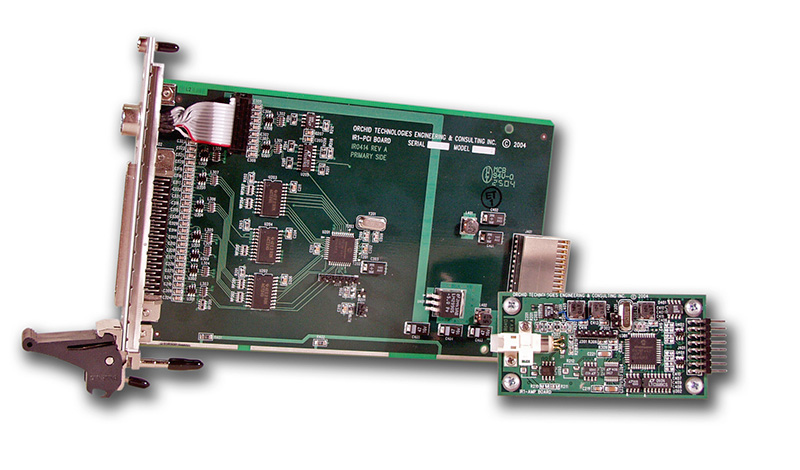Design Note #38
Excited by a laser light source, this sensitive, tuned amplifier system can detect the smallest variation in florescent light levels inside the human body. Invasive data collection inside the human body is a demanding art. Detecting the florescence of foreign materials inside the human body is subject to a variety of competing technical challenges. The need for a reliable, highly repeatable, and accurate result is paramount.
The design of high-speed sensitive tranconductance amplifiers requires experience, precision component selection, and the craftsmanship of an artist. The amplifier shown below is capable of detecting infra red light levels below –40dbm with a frequency response flat to 35KHz. Analog circuit modeling techniques, advanced on-the-bench prototyping and testing techniques, together with signal-source fixturing are critical to design success.
The front-end amplifier is positioned on the end of a rotating detector mechanism. Slip rings carry power and the encoded data signals to stationary computer equipment. Selection of appropriate slip ring and data communications technology formed a large part of the custom design work performed by OTEC. Custom encoded serial data communications protocols are used to pass data and control signals between stationary and rotating equipment.
The development of custom electronics technology solutions for our OEM clients is OTEC’s entire business. High-performance analog amplifier systems with rapid design cycles, demanding technical requirements, and unforgiving schedules set us apart. Contact OTEC today. We’ll put a custom medical instrument product design in your hand tomorrow!
